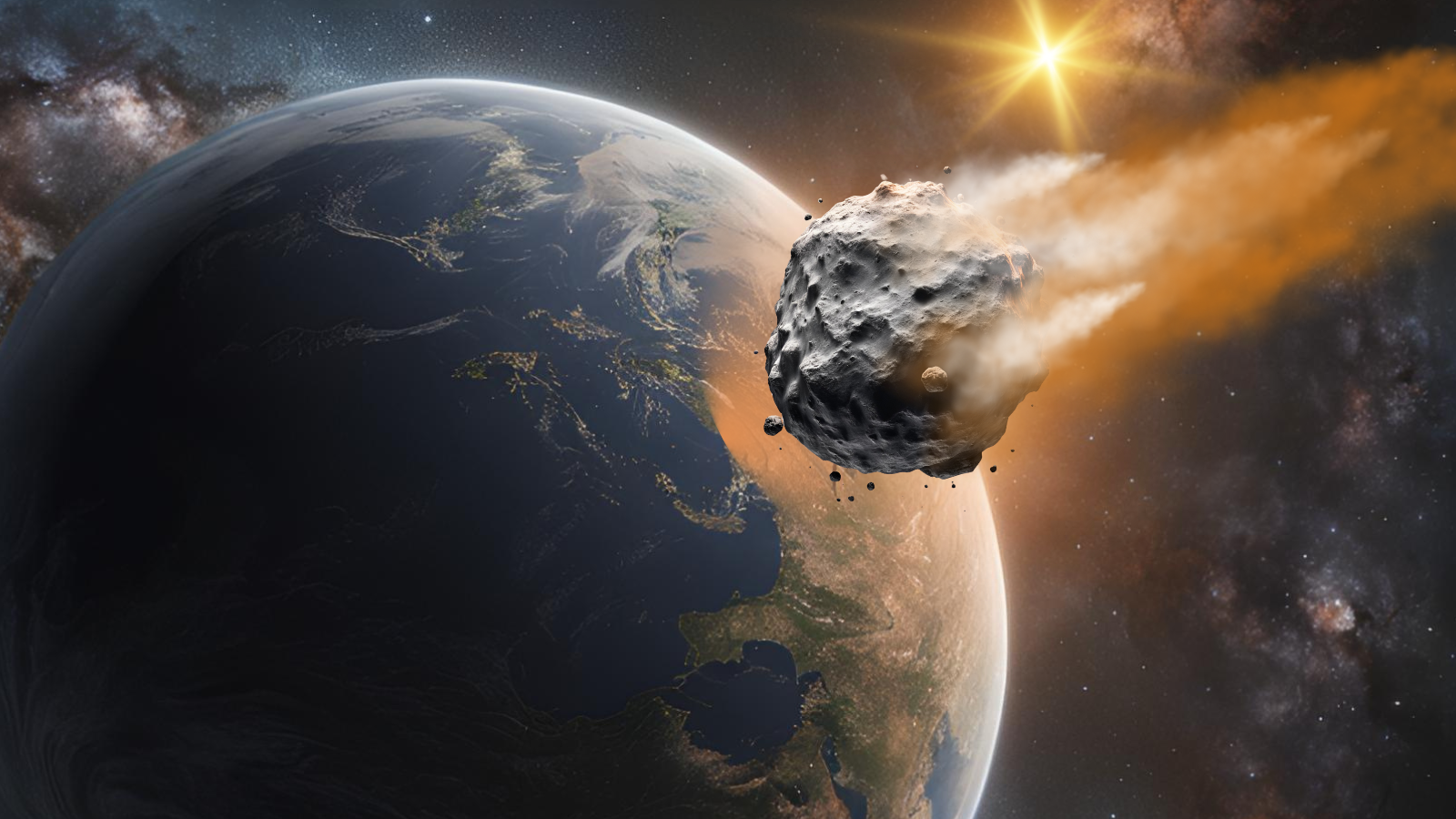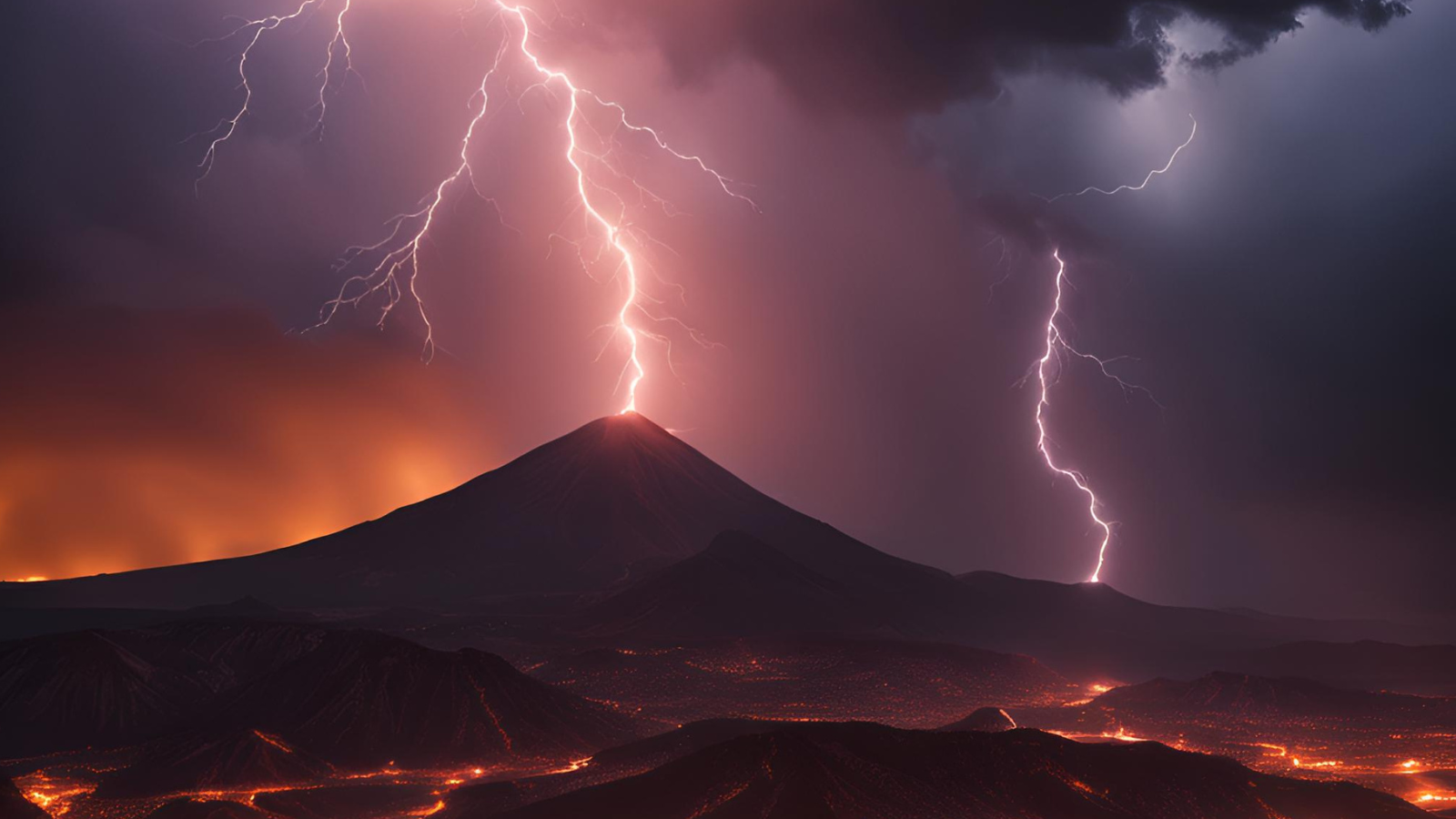
There is probably no better example of the destructive power of space rocks upon our planet than the asteroid that killed the dinosaurs along with three-quarters of Earth's plant and animal species around 66 million years ago.
Now, scientists have discovered that an even earlier and more massive space rock may have struck Earth — yet this one seems to have benefitted life rather than doom it. The impact occurred around 3.3 billion years ago, during the infancy of the solar system when asteroid strikes were far more common.
The meteorite, designated S2, is about 200 times bigger than the dinosaur-killing impactor named Chicxulub. S2 hit Earth when only simple, single-celled life existed on our planet — and the devastation caused by the impact, which occurred off the coast of Cape Cod, may have actually helped these simple life forms thrive, triggering a population explosion in bacteria and archaea.
"We think of impact events as being disastrous for life," team leader and Harvard geologist Nadja Drabon said in a statement. "But what this study is highlighting is that these impacts would have had benefits to life, especially early on, and these impacts might have actually allowed life to flourish."
Evidence of this ancient impact was uncovered by a team of scientists led by Harvard Drabon in the Barberton Greenstone belt region of South Africa. The researchers painstakingly recovered rock samples, examined the rocks' chemical makeup, and analyzed the distribution of different forms, or isotopes, of carbon within them. This allowed Drabon to tell the story of what happened over 3 billion years ago, when S2 hit our planet.
The day the meteorite came
When S2 struck the Earth, it would have triggered a massive tsunami that would have churned the ocean floor with debris, flushing into coastal regions. The tremendous heat generated by the impact would have boiled away the upper layers of the ocean, also heating Earth's atmosphere.
"Picture yourself standing off the coast of Cape Cod, in a shelf of shallow water. It's a low-energy environment without strong currents," said Drabon. "Then, all of a sudden, you have a giant tsunami sweeping by and ripping up the sea floor."
The meteorite impact would have thrown debris into the atmosphere, resulting in a thick blanket of dust that blocked out the sun, preventing many simple life forms from transforming sunlight into energy via photosynthesis. However, bacteria would have weathered this storm, rapidly recovering from the impact. The team also believes unicellular organisms that fed off the elements iron and phosphorus experienced population booms after the catastrophic event.

The sharp spikes in populations of certain strains of unicellular life were made possible by iron being dredged up from the deep ocean and getting delivered to shallower waters by the tsunami. An overabundance of phosphorus would have been created by the erosion of land areas and by extra phosphorus being delivered to Earth by S2 itself.
The team theorizes that the iron-consuming bacteria would have initially prospered after the impact of S2, albeit for a relatively short time. This shift in favor of iron-metabolizing bacteria is one of the missing pieces in the puzzle that is life's earliest era on Earth.
This the eighth discovery of an asteroid impact in the region where Drabon's research was conducted. The find was thanks in part to the physically intensive work performed by Drabon and colleagues as they scoured mountain passes while hunting for sedimentary evidence of early showers of jettisoned rock that embedded itself into the ground and became preserved over time.
The researchers will continue to probe this region, hunting for evidence of asteroid strikes, tsunamis and other cataclysmic events that could help us better tell the story of our dear planet Earth.
The team's research was published on Oct. 21 in the journal Proceedings of the National Academy of Sciences.







